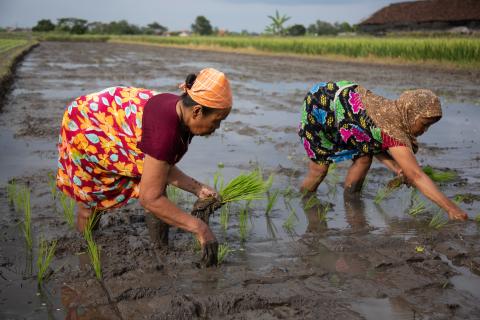Climate motions
By passing the motion 43 on forest based carbon offset, the FSC community recognized that forests can have an important role to play in addressing climate changes and that FSC should explore its potential engagement in forest based carbon offset.
As described in Certified Wood Update on November 6, FSC is in a good position to enter carbon forestry projects, as FSC is already delivering social and environmental performance at implementation level. Considering the increasing role ascribed to forests in climate change over the last couple of years, it did not come as a major surprise that the members of FSC decided to explore making carbon issues part of the FSC business area.
The motion – proposed by WWF US – also addresses a key challenge in carbon projects: The risk of forest conversion and degradation as well as violation of indigenous people’s rights when developing forest based carbon projects. Therefore the motion asks FSC to explore the role that FSC Principles and criteria , governance, accreditation, policy development and forest certification can play in frameworks to mitigate climate change by maintaining and/or increasing carbon stocks.
The motion suggests that FSC explores the possibilities to establish real, measurable and verifiable emissions reductions, based on forest protection and improved management, and looks into how FSC certified management practices could maintain and/or increase forest carbon sequestration.
Other options to be explored include the relationship between the FSC Principles & Criteria and the strategies under the UNFCCC, including reduced emission from deforestation and forest degradation (REDD); alignment or partnerships with voluntary carbon standard programs; the development of guidelines and cost models to help FSC certificate holders, including smallholders, indigenous people's, and community-managed forests, access revenue sources for maintaining or enhancing carbon sequestration.
Finally the motion implies that the FSC Chain of Custody system shall be explored for its capacity to facilitate determination of product level carbon-footprinting.



